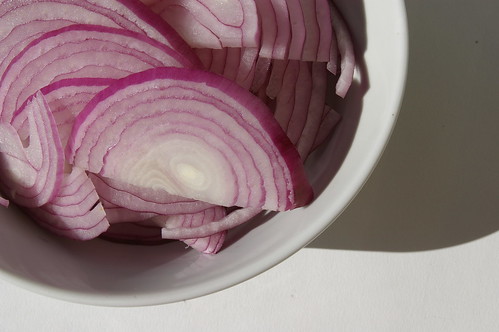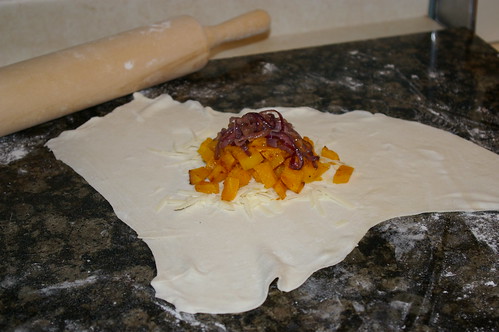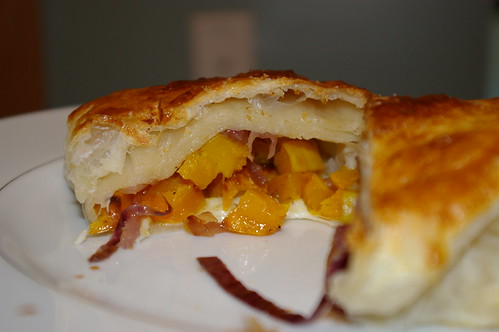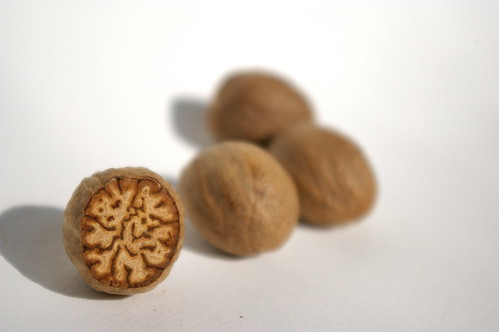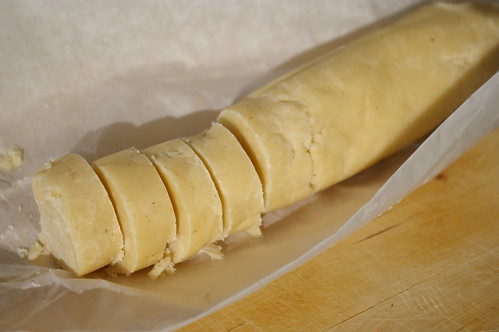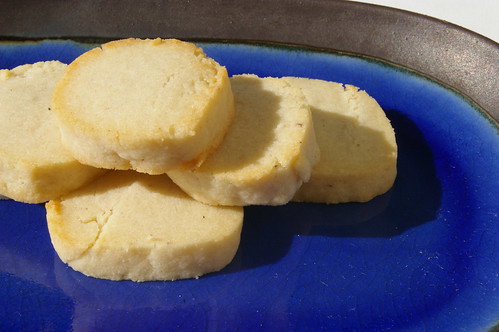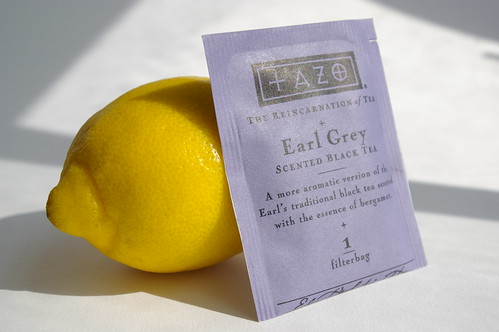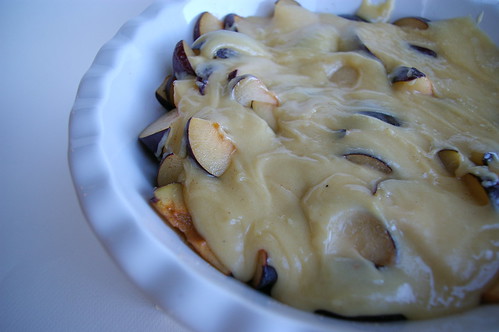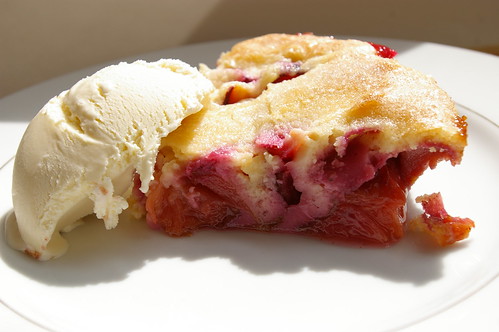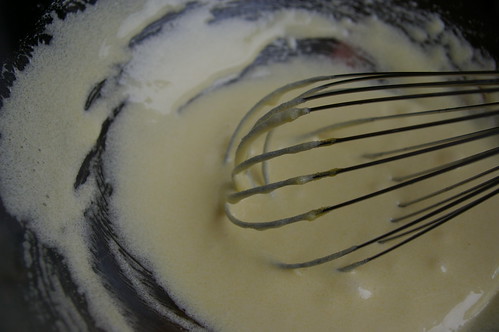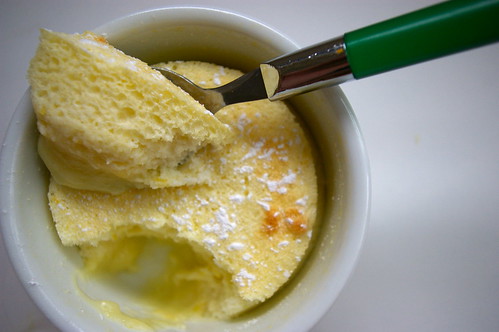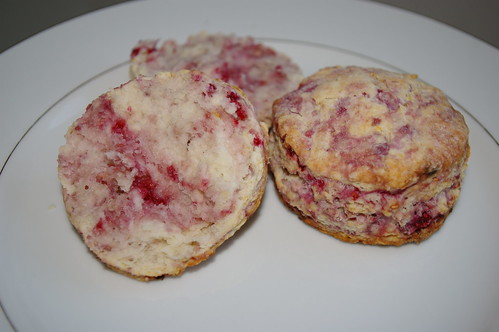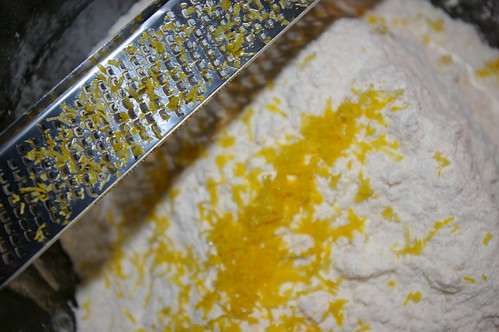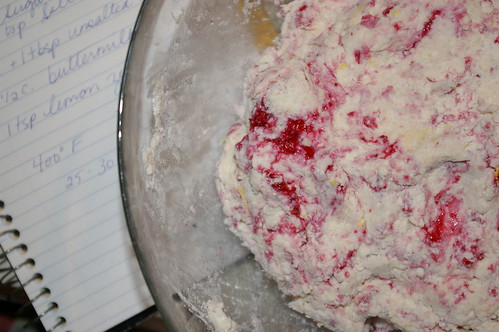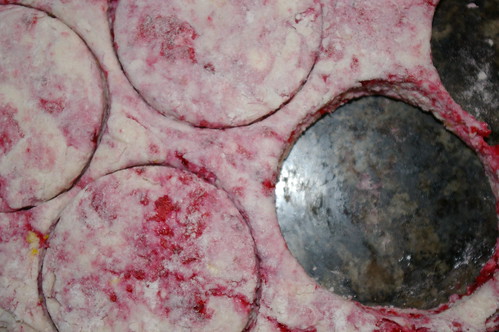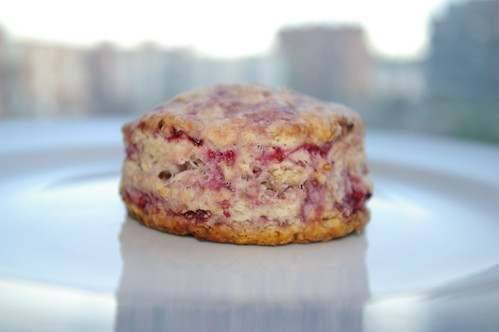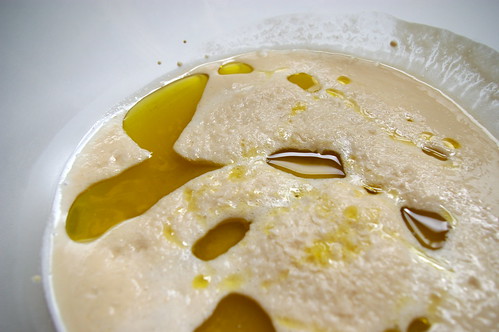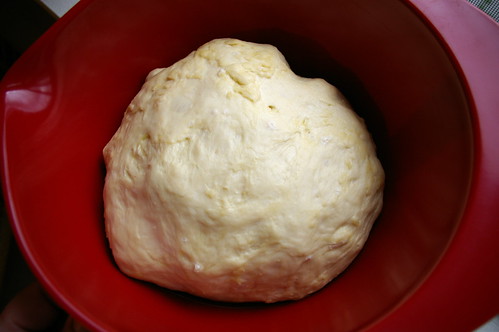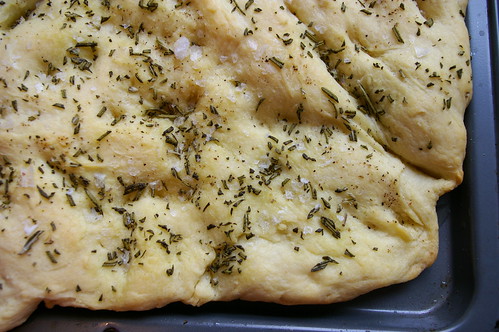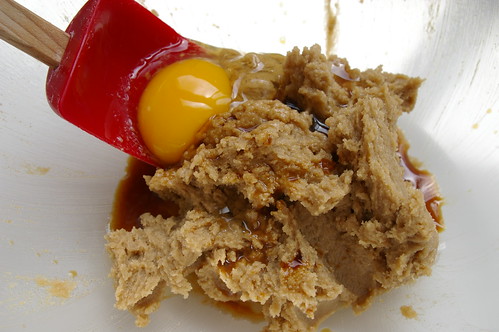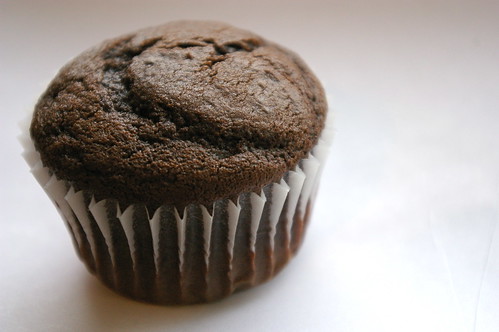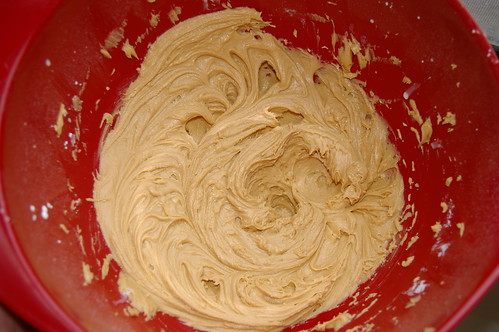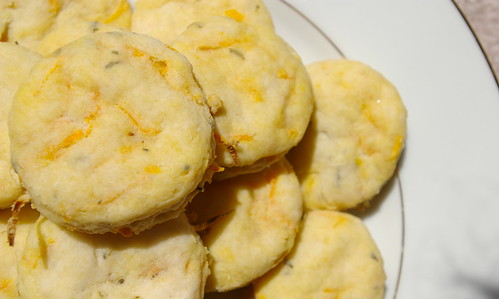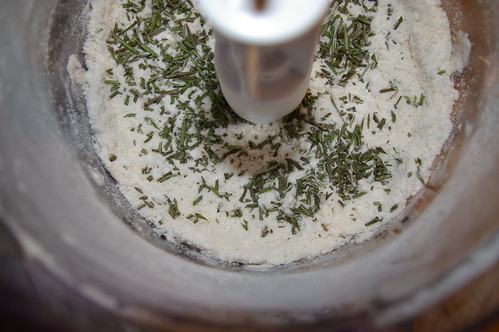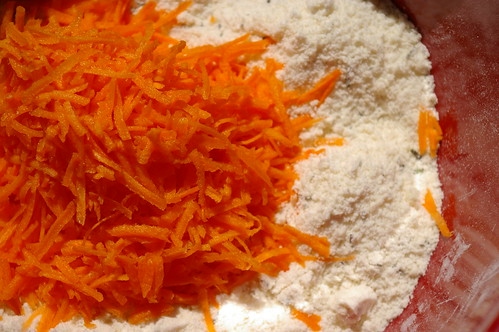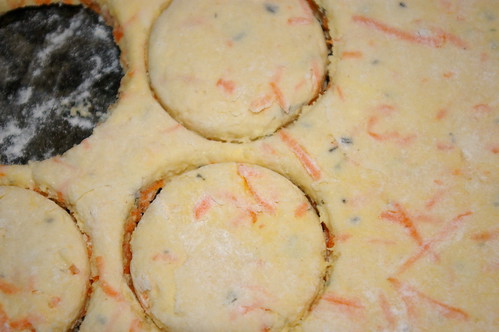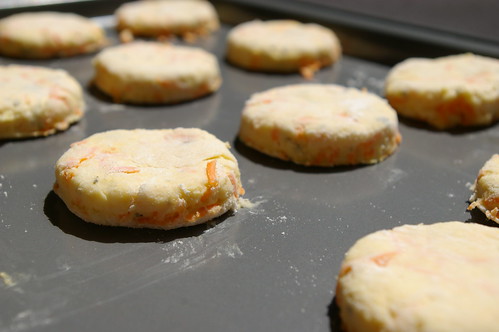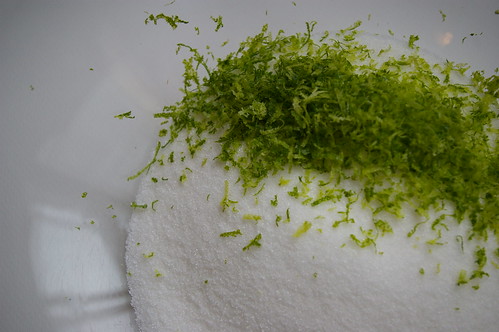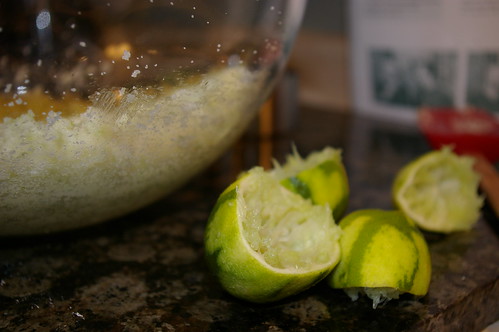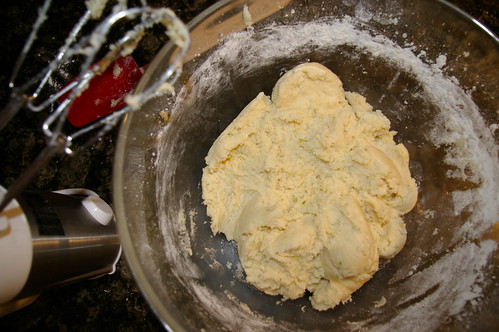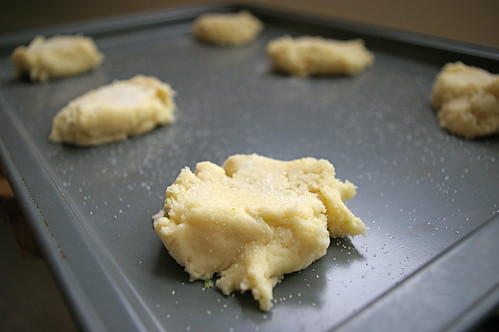I was first intrigued by this combination when I saw a posting about butternut squash and caramelized onion in a galette that referred me back to Smitten Kitchen. I printed it out and was ready to go until I looked over the instructions for the galette’s pastry and got a bit confused. I’m not going to lie, pastry intimidates me to begin with, so I just wasn’t sure I would be able to pull this recipe off. But I had bought the butternut squash already and had some fontina that was quickly going south. And, oh, what’s this, a package of puff pastry in the freezer that’s not getting any younger too….
Could I overcome my fears after the puff pastry disaster?
So, I hauled out the puff pastry and let it defrost overnight in the fridge. There’s only one way to overcome such fears — confronting them.
In the end, this was relatively easy to assemble. I peeled and cut up the squash, tossed with it some olive oil, salt and pepper and threw it in the oven while I puttered around tidying up, checking email, playing a few scrabble moves on Facebook. Later, I caramelized the onions, grated the cheese and then rolled out the puff pastry. I didn’t quite think that step through, and cut the puff pastry dough along the diagonal line, leaving me with triangles to roll out. I ended up with these totally nonsensical shapes, but luckily I was able to fold them into little packages nonetheless.
All assembled, I brushed the parcels with whipping cream (because I had some and I had to use it up) and sprinkled with Himalayan pink salt. (I am the worst impulse shopper. What compelled me to buy pink salt? Sigh.)
These were fantastic, but now I’m going to try the combination over pasta.
Butternut Squash and Caramelized Onion Pastries
- 1 small butternut squash, about one pound
- 2 tablespoons olive oil
- 2 tablespoons butter
- 1 large red onion, halved in thinly sliced
- 1 teaspoon salt
- pepper
- pinch sugar
- 3/4 cup fontina cheese, grated (I’d be tempted to try this with other cheeses too)
- 1 package frozen puff pastry, defrosted overnight in the fridge
- milk or cream
Preheat the oven to 375 degrees. Peel the squash, halve, scoop out seeds and dice into 1/2″ squares. Toss with olive oil, salt and pepper in a baking dish, then roast for about 30 minutes until it is starting to get golden and soft. Let cool.
Melt butter in a pan, add onion, sugar and salt and cook over low heat, stirring occassionally, until the onions are golden. Let cool.
Divide the puff pastry in four and roll out on lightly floured surface. Add one-quarter of the cheese in the centre of the pastry, then top with about a half-cup of the squash and one-quarter of the onions. Fold one side over the mound of cheese and vegetables and then the other, tucking the edge of the pastry under the parcel. Repeat with the other two sides, so you end up with a rectangle. (Or, frankly, close up the parcels however you like.)
Put the parcels on a baking sheet and brush the four parcels with milk or cream. Bake at 350 until golden — about 20 to 25 minutes.


